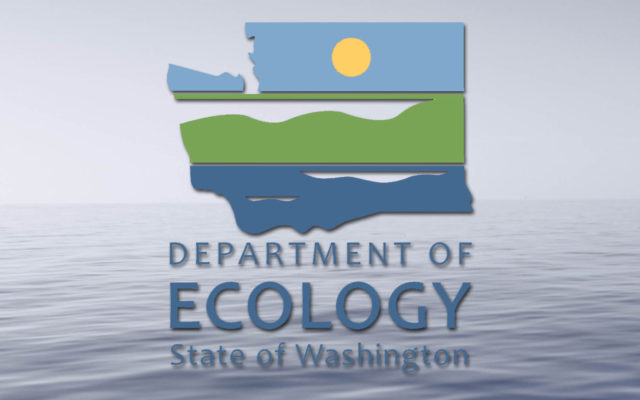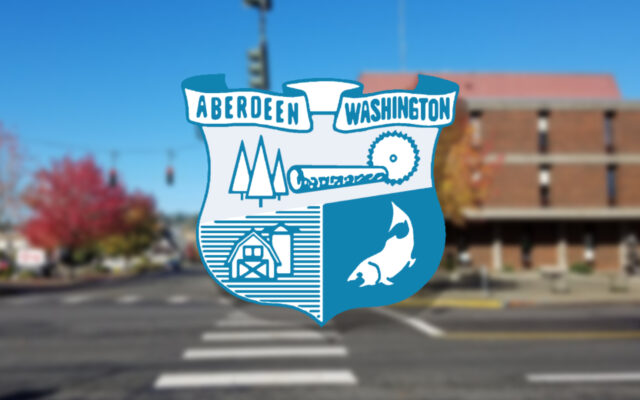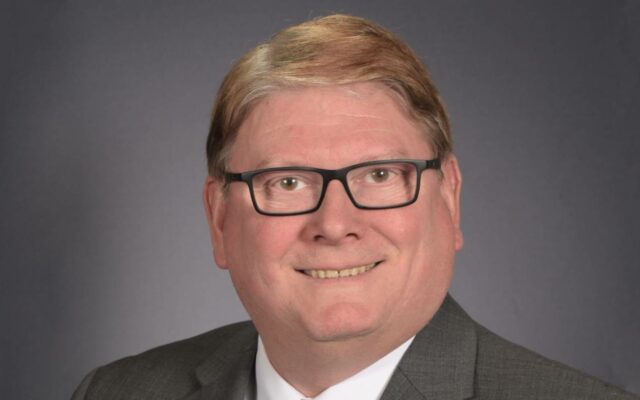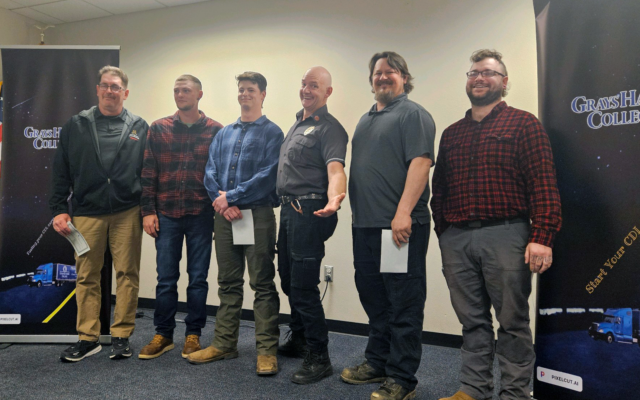Funding offered for local clean water projects; cities being offered loans for wastewater treatment

The Washington State Department of Ecology proposes to award $386 million in grants and loans for 134 high-priority clean water projects across the state.
While eight total projects within Grays Harbor and Pacific counties are being offered funding, only one is being offered a grant.
The Grays Harbor Stream Team was listed as being approved for a grant offer of over $355,000 to expand outreach and education programs within Grays Harbor County.
The other projects listed among the awardees are for local cities. The cities of Aberdeen, Hoquiam, Long Beach, and Raymond all requested grants and loans for wastewater facilities and are being offered a variety of loans for those projects.
| Applicant | Project Title | Project Category | Grant Requested/ Eligible | Loan Requested/ Willing to Accept | CWSRF Standard Loan | CWSRF FP Loan | CWSRF Loan Term (years) | CWSRF Loan Interest Rate | SFAP Grant | OSG Grant | Centennial Grant | Section 319 Grant | Total Funding |
| City of Aberdeen – Public Works | WWTP Aeration Basin and Emergency Power System Improvements | Wastewater Facility-Hardship | $321,500 | $321,500 | $321,500 | $321,500 | 20 | 1.20% | $0 | $0 | $0 | $0 | $643,000 |
| City of Aberdeen – Public Works | WWTP Primary and Secondary Clarifier Refurbishment | Wastewater Facility-Hardship | $250,000 | $250,000 | $250,000 | $250,000 | 20 | 1.20% | $0 | $0 | $0 | $0 | $500,000 |
| City of Aberdeen – Public Works | Wastewater Collection System Improvements – I&I Reduction | Wastewater Facility-Hardship | $750,000 | $750,000 | $750,000 | $750,000 | 20 | 1.20% | $0 | $0 | $0 | $0 | $1,500,000 |
| Grays Harbor Conservation District | Grays Harbor Stream Team Water Quality Outreach and Education | Nonpoint Source Activity | $355,337 | $0 | $0 | $0 | 0.00% | $0 | $0 | $355,337 | $0 | $355,337 | |
| City of Hoquiam | Hoquiam Wastewater Pump Station Improvements Project | Wastewater Facility-Hardship | $627,500 | $627,500 | $627,500 | $627,500 | 30 | 1.60% | $0 | $0 | $0 | $0 | $1,255,000 |
| City of Hoquiam | K Street Pump Station Improvements | Wastewater Facility-SCPPL | $0 | $2,620,000 | $2,620,000 | $0 | 20 | 1.20% | $0 | $0 | $0 | $0 | $2,620,000 |
| City of Long Beach | City of Long Beach North Blvd Improvements | Wastewater Facility-Hardship | $742,500 | $607,500 | $607,500 | $742,500 | 20 | 0.80% | $0 | $0 | $0 | $0 | $1,350,000 |
| City of Raymond | Willapa Regional WWTP Settling Mitigation Projects | Wastewater Facility | $210,250 | $4,412,750 | $4,412,750 | $210,250 | 30 | 1.60% | $0 | $0 | $0 | $0 | $4,623,000 |
The Water Quality Combined Funding Program supports communities by helping them upgrade wastewater treatment and sewer systems, manage polluted stormwater, and complete a variety of other projects to prevent and clean up diffuse sources of pollution, also known as nonpoint pollution.
Nearly 90% of the funding the Water Quality Program receives is passed through to local communities for environmental and infrastructure projects.
“Our clean water funding comes from a mix of state and federal funds dedicated for water quality improvements and protection. This includes funding from the 2021 Bipartisan Infrastructure Law (BIL) and the Capitalization Grant, which contributes funding for the Clean Water State Revolving Fund (CWSRF). For state fiscal year 2025, we received approximately $31 million in BIL supplemental funding focused on assisting small, financially disadvantaged communities and $4.5 million of forgivable principal loan funding to address emerging contaminants, such as 6PPD. Forgivable principal loans do not have to be re-paid. Additionally, EPA is providing an estimated $1 million from the Sewer Overflow and Stormwater Reuse Municipal Grants Program, which Ecology is including in the Water Quality Combined Funding program. “
Ecology accepts applications for funding each year between August to October.
In a release, Ecology says that in recent years they established the Small Community Project Priority List. The goal of this list is to create a simplified funding process to minimize the barriers small, financially disadvantaged communities may face in accessing funding for their wastewater treatment facilities. When these communities need multiple years of funding for wastewater treatment facility projects, they no longer need to apply every year. Instead, they are placed on the list to ensure predictable financial support for these important infrastructure projects. This helps provide local governments with certainty and relieves the burden on ratepayers to cover the full cost of these investments.
There are 14 small community projects on this year’s draft offer list, including the Onsite Sewage Regional Loan Program which supports low-income homeowners in repairing and replacing their septic systems.



